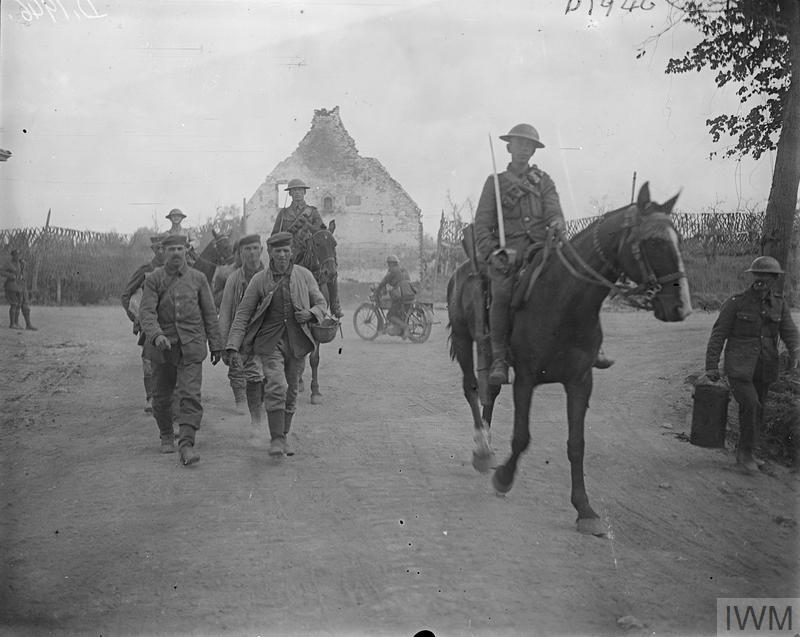Amiens
The Battle of Amiens, also known as the Third Battle of Picardy, was the opening phase of the Allied offensive which began on 8th August 1918, later known as the Hundred Days Offensive, that ultimately led to the end of the First World War.
The Honour is borne on the Guidon of the 3rd Hussars.
Detail
The Battle of Amiens, which started on August 8th 1918, proved to be the most decisive battle against the Germans on the Western Front. It was the first to incorporate an all-armed coordinated attack, bringing together artillery, tanks, infantry and aircraft.
Ludendorff planned to concentrate his forces in just one area of the Western Front and punch a hole through it that would force the Allies to move troops from elsewhere to support those facing the advancing Germans. He planned to target British troops and push them to the English Channel. He believed that the shock to the French at losing their ally would be so great that they would surrender.
The attack started at 04.40 am on the 21st of March 1918. After a brief but heavy artillery barrage that lasted just five hours, German storm troopers attacked British lines still reeling after the gas and heavy explosive artillery attack. While the artillery attack only lasted five hours, it was the greatest concentration of fire in World War One up to that time – 6,500 guns and 3,500 trench mortars firing along a 46-mile front.
At 09.40 am, German storm troopers started to advance. Such was their preparation that these men – considered an elite within the German Army – had maps of British positions sewn onto the sleeves of their uniform. They only attacked weak spots and swiftly moved on. Infantry units followed on behind. By 12.00, ⅓ of British troops facing the attack has been lost and it took until April 5th for the Allies to hold up the advance.
Ludendorff’s men got to within eleven miles of Amiens. Between March 21st and April 5th, the Germans had advanced 28 miles as far as the town of Villers-Bretonneux. However, the success of the Germans was also their undoing. They had stretched their supply lines too far and the men at the very front of the advance were starved of much-needed supplies.
The Allies took their time to re-group.
At 04.20 am on the 8th of August 1918, the attack started. Troops from Canada, Australia and Britain advanced under a creeping barrage from 700 artillery guns that advanced 100 meters every three minutes. Heavy tanks were used to attack well-defended German positions while smaller tanks were used to probe the German defences.
Such was the success of the attack, the allies felt confident enough to order 20,000 cavalry troops to advance. Cavalry had suffered very badly in the bogged down conditions of trench warfare but in this attack, they took much land, though suffering heavy casualties.
The Germans lost more ground on August 8th than on any other day on the Western Front. By August 12th the battle had lost momentum but the damage suffered in the initial attack had been sufficient to critically damage the German Army.


